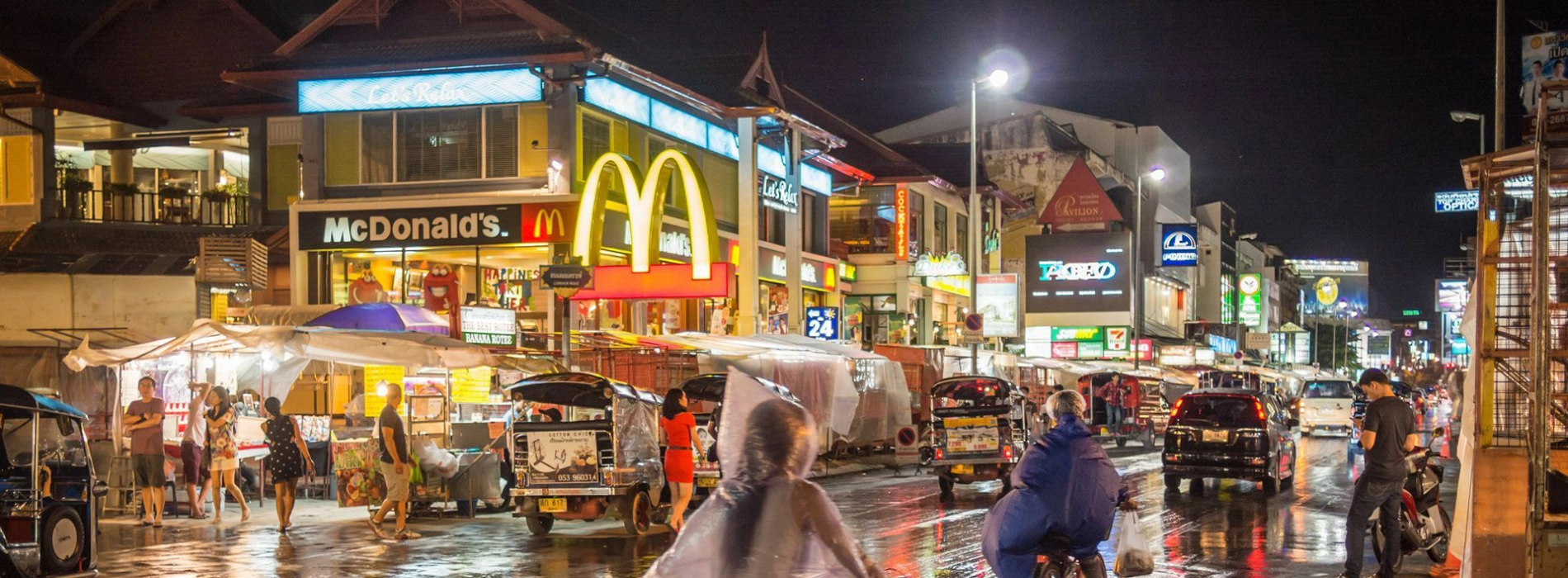
Thailand is dominated by a monsoon climate pattern with clearly distinct wet and dry seasons, modulated by the annual shift in wind direction and precipitation. The monsoon system is the fundamental element in this country in terms of its weather and one of the determinants of its landscapes, agriculture, and cultural traditions.
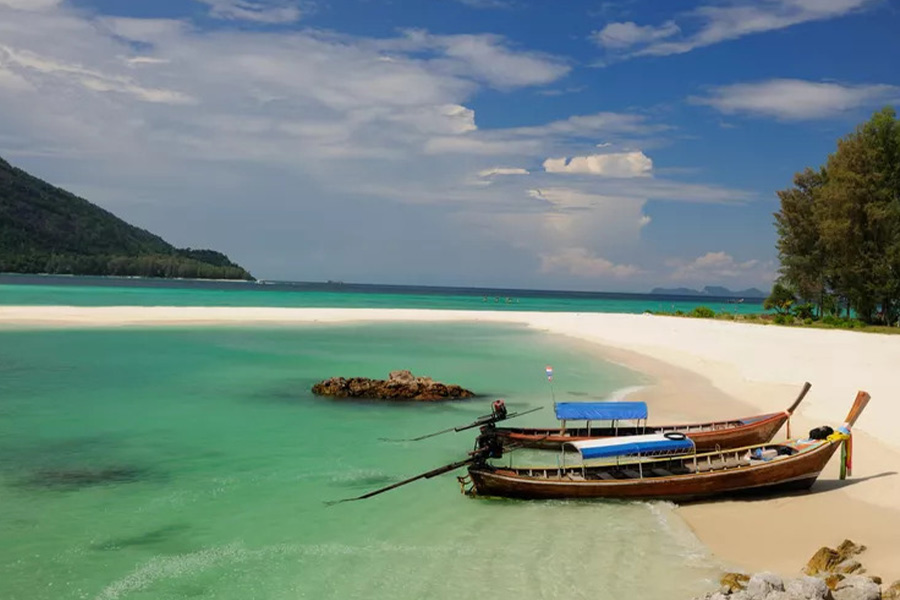
The monsoon system is the fundamental element in Thailand Credit: Getty Images
In particular, the year in Thailand broadly swings through three main seasons: hot, rainy, and cool. The hot season generally prevails from March to June, with high temperatures and humidity. The whole country remains dry with little or no rainfall, and the temperature rises to scorching levels during this season, especially in the northern and central regions.
Then, the southwestern monsoon winds, usually from July to October, bring ample moisture from the Indian Ocean and create the Monsoon season, or the Rainy season in Thailand.

A day in Monsoon season Credit: Alamy
It is a period for frequent downpours, thunderstorms, and a high level of humidity as the hot season gives way to the rainy one. Of course, there might be variations in the rainfall pattern across different regions, such that the southern and eastern coasts are usually heavier than the northern and central areas.
Technically, Thailand's monsoon season typically spans from July to October, but with regional variations across the country, it may pop up and even affect your trip in early May. During this period, the monsoon winds bring the heaviest rainfall to most parts of Thailand
The monsoon season in the south, notably in popular tourist destinations like Phuket, Krabi, Koh Tao, and Koh Samui, lasts from April to October. Monsoon heavy rains fall in most places and the period between September and October is the wettest time.

Taking a cruise trip in Monsoon season Credit: Best Price Travel
However, the seasonal occurrences of Thailand in its northern and central areas are slightly dissimilar. Generally, the rainy season in cities like Chiang Mai and Bangkok starts in July and continues up to October. Often, August and September are the months that are characterized by heavier precipitation.

Bangkok in the rainy season Credit: Chatchawan-Jaksuwong
Additionally, travellers should note that the monsoon can be a little unpredictable in some aspects: when exactly it starts and when it ends, due to other factors like El Niño and La Niña. Also, it must be added that during the dry season, occasional showers or short rain are possible in some regions, particularly in the south parts of the country.
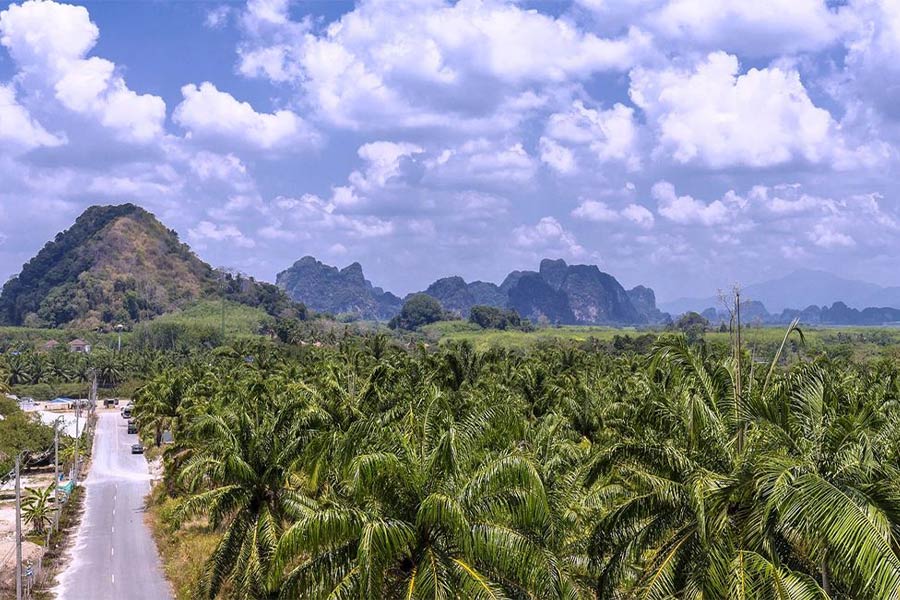
Monsoon weather can be a little unpredictable in some aspects Credit: Freepik
There is ample rain in Thailand throughout the monsoon season, however, it doesn’t always rain non-stop. The rainy days are followed by sunny and dry days, hence, there are many exploration and recreational activities one can undertake.
You may also like: Navigating Thailand's Weather: A Guide for Discerning Travelers
Probably, one of the biggest bonuses of visiting Thailand in this rainy season is the ability to see its sites and regions while not all crowded with people. While it is not easy to visit places like Bangkok, Phuket, or Chiang Mai due to tourist restrictions, individuals can visit such places with a much more local feel and fewer crowds with ease.
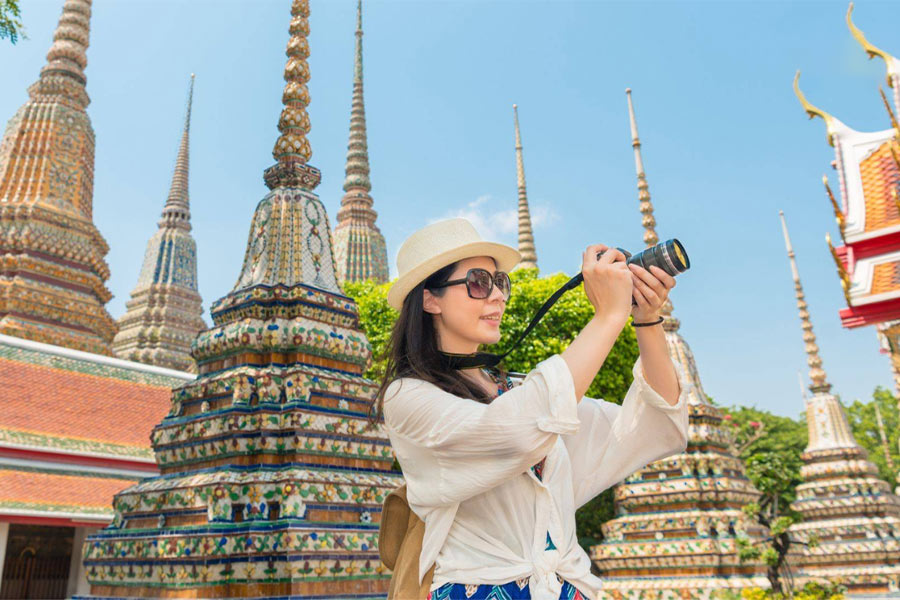
Travellers can visit such places with a more local feel and fewer crowds Credit: DMC Travel
Moreover, generally speaking, a low season means a suitable time to visit Thailand, with better prices for accommodation, flights, and tours. A smart traveler might find a place at more considerable rates and enjoy more value for money with the budget price tag during the rainy season.
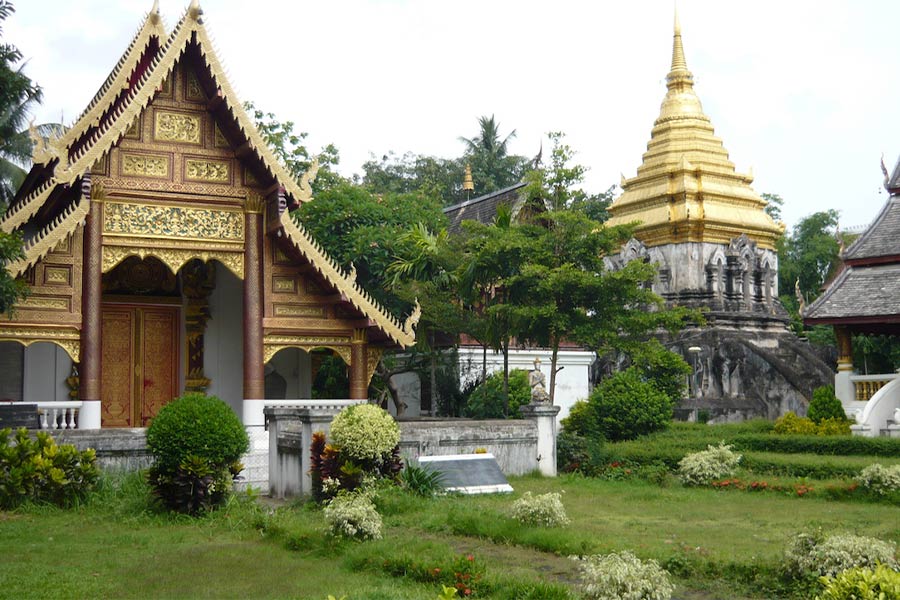
A low season is a suitable time to visit Thailand Credit: Wikimedia
Also, Thailand's lush landscapes come alive in the rainy season, making it the perfect time for nature enthusiasts to get outside. Parks, rice paddies, and jungles all take on vivid green hues that provide an amazing setting for outdoor pursuits. Violent rivers and waterfalls roar with raging waters to produce some of the most picturesque sights ever.
Cultural events like the Songkran Festival —Thai New Year— respond to a wet season as well. It is a great opportunity to experience Thai culture and heritage as never before since April revels in the form of water fights, parades & centuries-old practices.
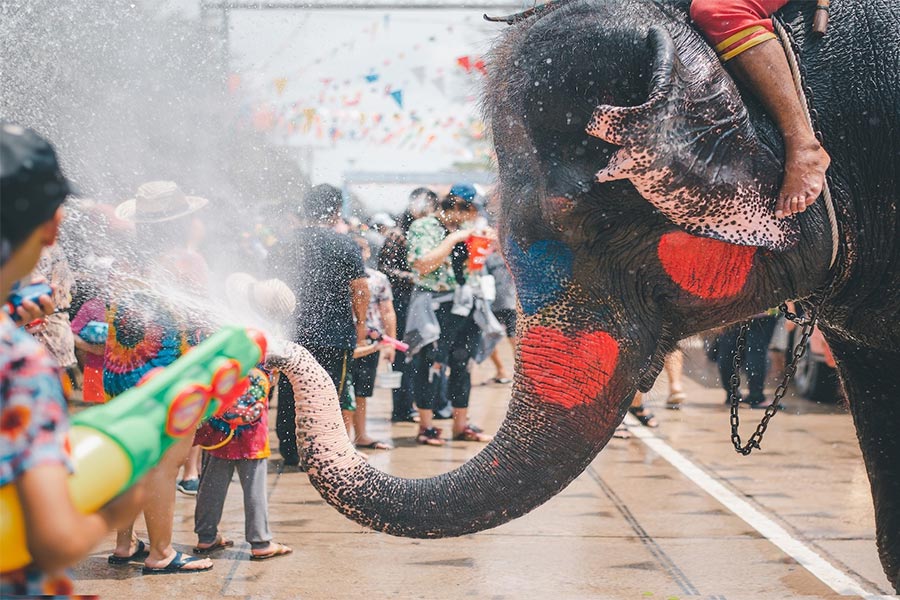
Songkran Festival Credit: Shutterstock
Bangkok and Central Thailand's abundance of indoor attractions makes these areas good choices if you visit during the rainy season. World-class museums are located throughout the capital covering a wealth of Thai history and culture at places such as temples in The National Museum complex within the Grand Palace.
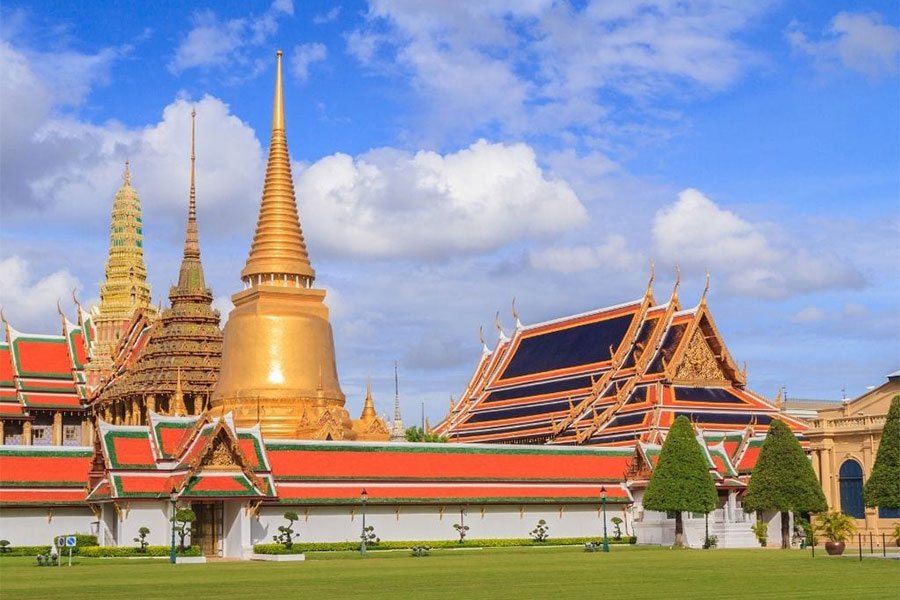
Wat Phra Kaew, the Grand Palace Credit: Chill Thai
On the other hand, Northern regions like Chiang Mai will seem more pleasant and fresh during this period. As the cultural centre, it is home to thousands of temples, the most well-known of which is Doi Suthep, where you can admire the stunning architecture and learn how Buddhist religious rituals are tied to others.
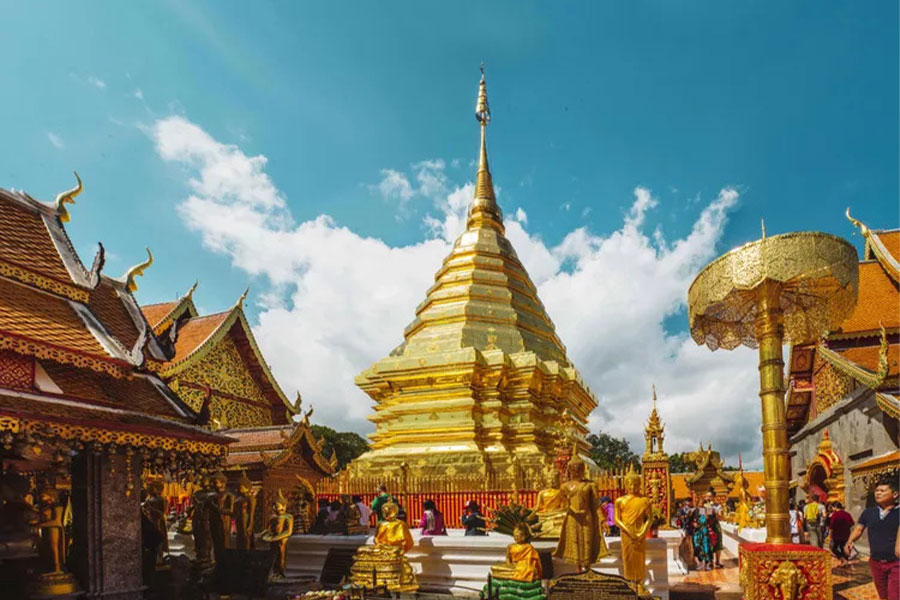
Doi Suthep Credit: Taylor McIntyre
In addition, numerous attractions in the Southern area like Phuket and Krabi are indoors, so going during the rainy season is quite doable. You can visit the Phuket Aquarium to acknowledge the wide range of marine life, or enjoy a covered boat tour of the breathtaking Phang Nga Bay. For a more unique and dry experience, treat yourself to spa services, cooking lessons, or a trip to one of the many interactive museums.

Phuket Aquarium Credit: Traveloka
Even though the opening of July marks the starting point of the rainy season in Thailand, it is far from an unfavorable season to travel outside and be adventurous. A rather enjoyable activity is visiting waterfalls, and national parks that are rejuvenated during the rainy months of the year.
The beautiful greens and waterfalls give picturesque sights for trekking and hiking. However, it is necessary to be more careful in hiking since trails themselves may be slippery and the area is sensitive to flash floods. Appropriate shoes, coats, as well as advice from local people, are necessary for interesting and safe traveling.
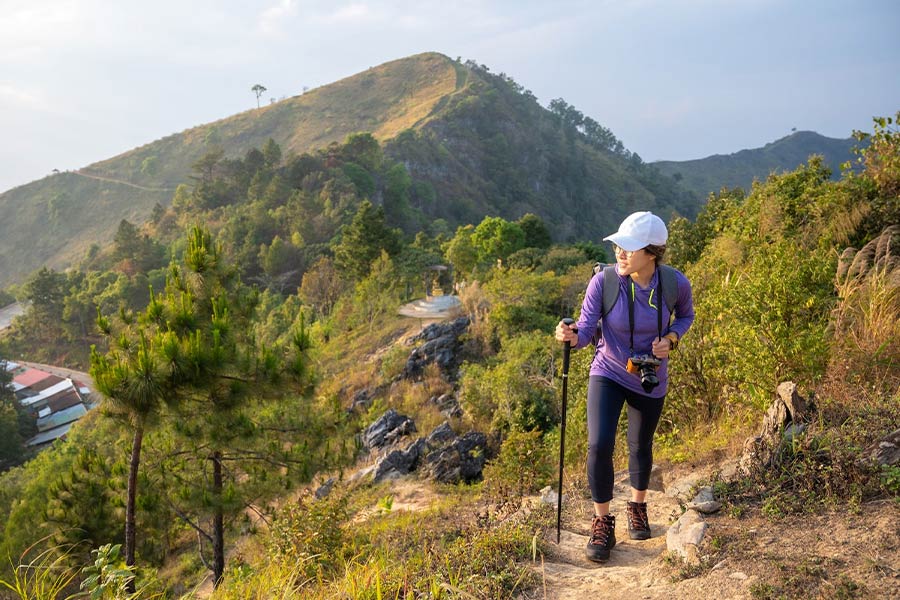
Hiking in Thailand Credit: Getty Images
Besides, monsoon weather may pose some challenges to those who love outdoor activities in Thailand but the country teems with indoor activities worth indulging in during such a time. Perhaps the most interesting activity is to discover all the historical and cultural facilities of the country like temples and museums.
Thus, shopping centres and markets in Bangkok come in handy for shopaholics. Ranging from luxurious venu – Siam Paragon and Central World, to the well-known weekly market for cheap products and food, Chatuchak Weekend Market.

Chatuchak Weekend Market Credit: Trip.com
Other supporting promotional activities that the rainy season offers to the people of Thailand are through the enhancement of Thai spa treatments and Thai massage. Thai superior-class spas and Thai massage centers all over the country can be availed to relax the body from the wet weather and to take amazing services to refresh the mind and body.

Thai massage Credit: Along Walker
In Thailand, getting ready and properly packing are essentials during the rainy season. Investing in the right rain gear and finding quick-drying clothing will go a long way toward keeping you dry and comfortable during sudden downpours.
Firstly, you should choose ponchos or raincoats that are lightweight and breathable. This will help you stay cool and shield you from the weather without sacrificing protection from the elements. The nylon or polyester materials used in the undergarments, shirts, and pants have moisture-wicking properties that are almost lifesavers if you ever find yourself in an unexpected shower.
.jpg)
Choose ponchos or raincoats that are lightweight and breathable Credit: Tortuga Backpacks
There's another one about shoes. To navigate the slick base, it would be better to use sandals or shoes with a decent grip and a waterproof or water-resistant feature. Wear sandals and shoes made of materials that repel water instead of leather or suede, which absorb water and stay wet for a long time.
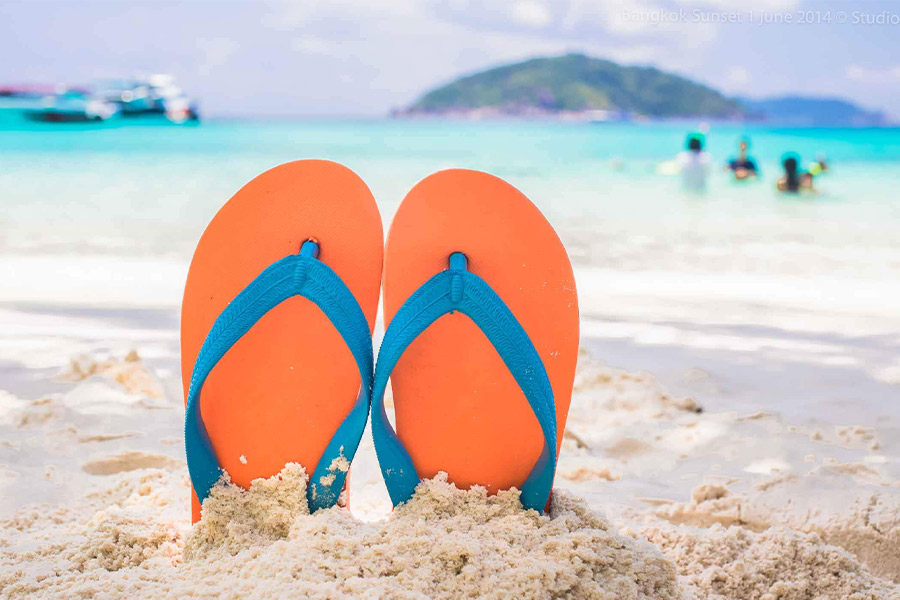
Use sandals or shoes with a decent grip and a waterproof Credit: Shutterstock
Eventually, when planning your monsoon itinerary, be adaptable. Have a time gap where you might add extra plans for a wet day to the itinerary rather than fixing it all at once. For example, create a list of outdoor and indoor attractions so you know where to go when the weather is bad for outdoor activities, or have a small travel umbrella, or a lightweight rainfly to protect your daypack or backpack.
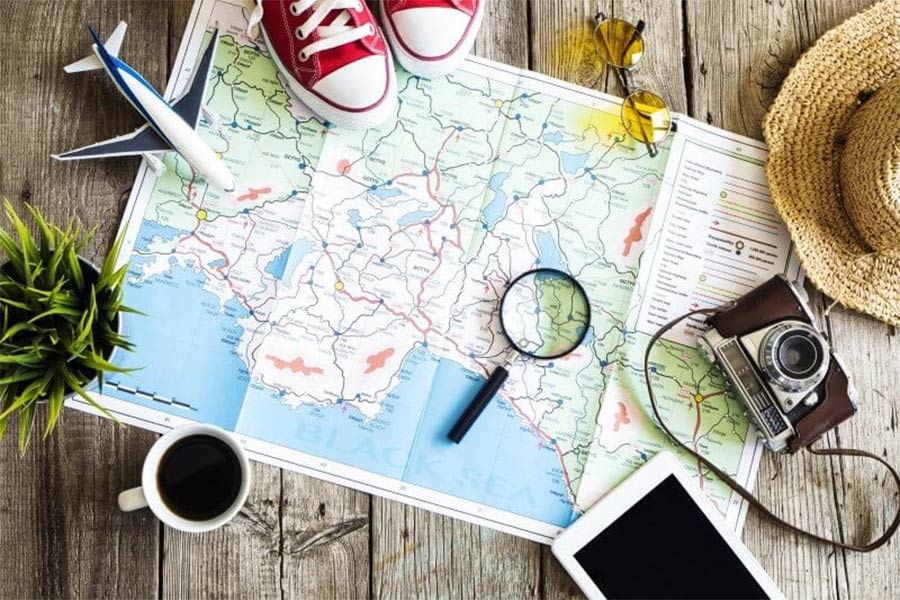
Be adaptable when planning your monsoon itinerary in Thailand Credit: Shutterstock
The monsoon climate of Thailand presents an entirely new picture of this country in Southeast Asia, which is surprisingly painted in greens and teals and full of life. If this kind of climate can be accepted, it’s possible to have quite interesting experiences and some great stories to tell.
If you are interested in Thailand, don’t hesitate to contact us. Let’s begin your Thai journey with Asia King Travel!
You may also like: Essential Tips for Riding Tuk-Tuks in Thailand